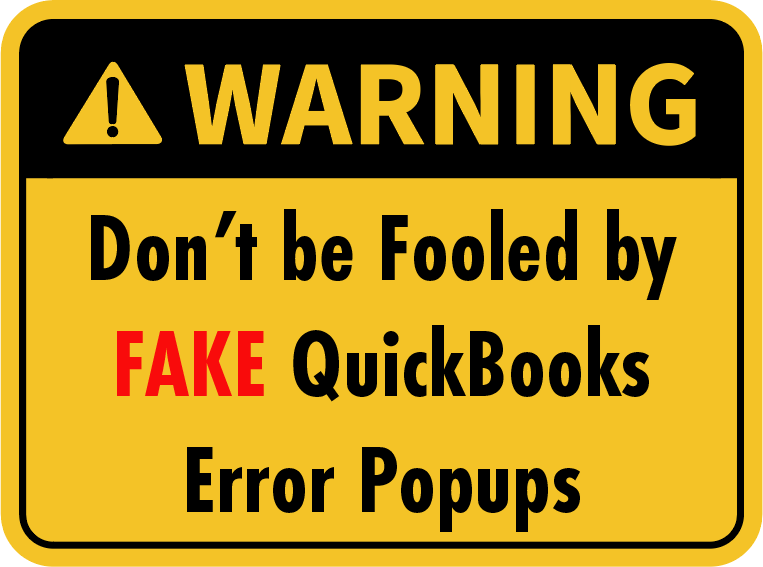I continue to run into folks that have never heard the term "Fractional CxO", or…

Payroll and 401k Contributions
VARC Solutions is a nationally recognized QuickBooks consultancy located in the Houston, TX area. With over 20 years of experience, we are uniquely qualified to assist small and medium-sized businesses in many areas of bookkeeping and business finance. As January rolls in, it is time for employees to consider making adjustments to retirement plan contributions, as limits on some plans may have changed, depending on the type of plan available. The most common plan offered by small and medium businesses is the 401(k). This article will outline contribution basics for the 2021 calendar year.
401(k) Basics
A 401(k) plan is a tax-advantaged, defined-contribution retirement account. Employees can make contributions through automatic payroll withholding. Employers can match some or all of those contributions. Earnings in a traditional plan are not taxed until the employee withdraws that money. In a Roth 401(k) plan, withdrawals can be tax-free.
Contribution limits were increased for 2021. There are two contribution limits that employers and employees should be aware of. A limit on elective deferrals and an overall limit for all contribution types.
The IRS places a limit on employee elective salary deferrals, which are contribution s that employees make to certain retirement plans. The limit for 401(k) plans in 2021 is $19,500.00 for employees under age 50. Please note that some plans place limits on the dollar amount that can be contributed, aside from IRS limitations, and may be lower. This could happen if a contribution limit is part of the plan description, or if you are a manager, owner, or highly compensated employee and contributions are limited to pass nondiscrimination tests.
Generally, an employee aggregates all elective deferrals made to all plans in which they participate if they exceed these limits. If an employee exceeds these limits, there are ways to correct the situation, which will be described further down in this article.
Catch-up Contributions
If permitted by the 401(k) plan, participants age 50 and older at the end of a given calendar year can make additional contributions. Refer to your specific plan description to determine if these contributions are permitted.
- The limit for additional contributions during calendar year 2021 is $6,500.00.
- This amount can be subject to cost-of-living adjustments.
- You do not need to be “behind” in your plan contributions in order to be eligible to make these additional elective deferrals.
- A special situation occurs when a person over 50 is employed by more than a single employer in a calendar year. When this happens, the person can make up to $6,500.00 in catch-up contributions even if their plans(s) do not specify that these contributions are permitted.
Overall Limit to Contributions to All Plans
Total annual contributions to all of your accounts in plans maintained one employer (and any related employer) are limited. The limit applies to the total of:
- Elective deferrals (but not catch-up amounts).
- Employer matching contributions.
- Employer non-elective contributions.
- Allocations of forfeitures.
The total cannot exceed the lesser of 100% of the employee’s salary, or $58,00.00 ($64,500.00 including catch-up contributions) for calendar year 2021.
Excess Contributions
A person has an excess deferral if the total of all their elective deferrals to all plans is more than the deferral limit for the year. That person should notify their plan administrator prior to April 15 of the following year that they would like the excess deferral amount, adjusted for earnings, to be distributed from the plan.
- Excess deferrals that are withdrawn by April 51 are includable in the employee’s gross income for the previous calendar year when the excess deferral occurred.
- Earnings on the excess deferrals are taxed in the year distributed.
- The distribution is not subject to the additional 10% penalty normally paid on early distributions.
If a person does not take out the excess deferral by April 15 of the year following the excess deferral, the excess, though taxable in the previous year, is not included in the cost basis in figuring the taxable amount of any eventual distributions from the plan. In effect, an excess deferral left in the plan is taxed twice, once when contributed and again when distributed. Also, if the entire deferral is allowed to stay in the plan, the plan may not be a qualified plan. Contact your plan administrator for specific details on your employer plan.
Corrective distributions of excess deferrals (including any earnings) are reported to the employee by the plan on Form 1099-R. Additional information can be found here.
Contact VARC Solutions if you have questions about how to more efficiently run your business with QuickBooks Payroll. Additional information can be found at this link on the IRS website, including information on plans other than a traditional 401(k). Information specific to 401(k) plans, such as how to choose and establish a plan, and how to operate and maintain a plan can be found here. Specific questions about your 401(k) should be directed to your plan administrator or plan third-party administrator.


